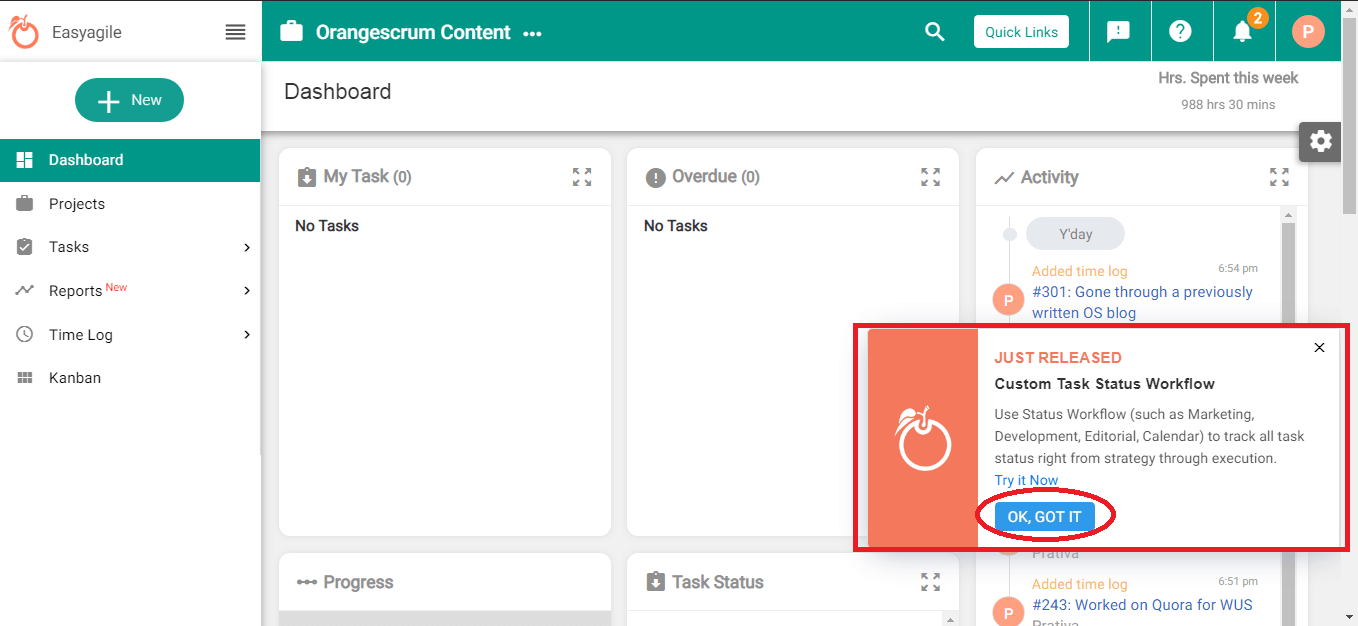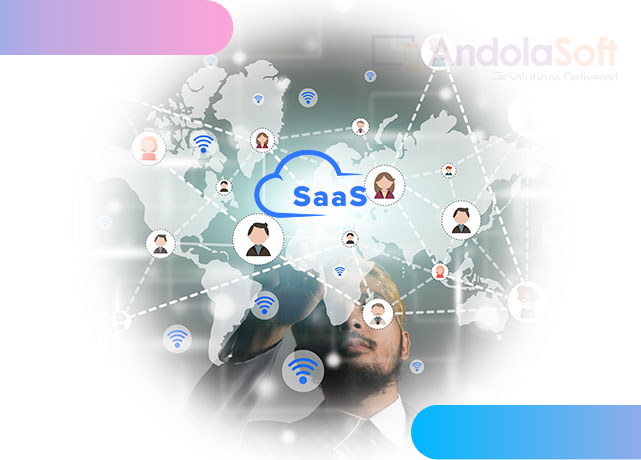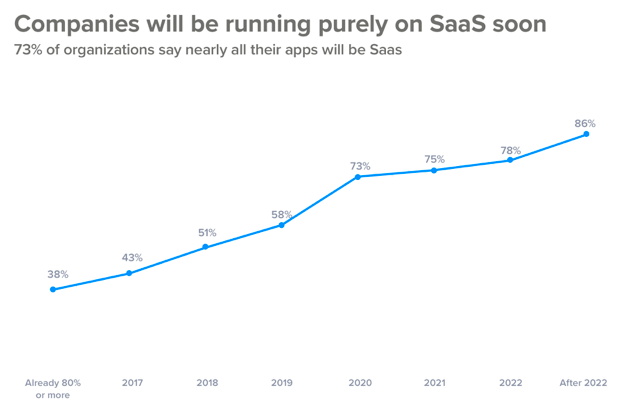One of the biggest issues that SaaS marketing face is keeping customers engaged for the long-term. To ensure that your users don’t have to drop off after their first visit to your website, you need to optimize the SaaS user experience.
Let’s see what is achievable with a good user experience.
A good UX has:
- Nothing more than the basic essentials. Most websites and apps that have good UX, follow minimalism. If you don’t think something needs to be there, it probably shouldn’t.
- Personalized design and content. Any interface that appears to know its users, wins hearts.
- The more memorable your UX is, the more likely you are to keep your visitors. There are several opportunities in UX design that allow for the expression of personality.
Over the past 50 years, technology and communication channels have changed significantly. This advancement in technology and communication methods have changed not only the SaaS product type but also the process of how those products can be marketed.
The foundations for SaaS were laid in the 1960s, and SaaS products began to emerge during the 1980s.
Since the ’80s, technology has changed the way consumers approach purchasing decisions and changed what customers expect to gain from the products. To cope with this, SaaS marketing had to evolve as well.
Never miss an update for us. Join 10,000+ marketers and leaders.
Those early marketers understood who was good for their product and how they can be benefited from their products.
Guido Bartolacci, New Breed’s Head of Demand Generation Marketing says, “Years ago, it was almost exclusively outbound, and then inbound started to take over and there was a back and forth between the two. But there’s a place for both inbound and outbound methods, which has helped a lot of companies move toward the ‘all bound’ approach to growing your business and that is SaaS“.
So, wondering how you can improve product UX? Here are 5 ways-
1. Make An Impression With Onboarding:
“People will forget what you said. People will forget what you did. But people will never forget how you made them feel.” – Maya Angelou
Onboarding is vital because here, your customers decide whether or not they will stick with you. Don’t be fooled. A poor onboarding experience can kill your business and its growth.
If used correctly, onboarding can help you with;
- Making the first impression great
- Setting a positive tone for your relationship with clients
- Eliminating churn and defeating out the competition
That’s why it’s important to ensure that your customer onboarding strategy isn’t confusing and overwhelming. It should seamlessly integrate into your client’s work lives.
2. Establish Support Systems Across Platforms:
“The entire customer or user experience-from raising awareness, to buying a product/ taking action, to getting customer support is going digital.” – Colleen Jones
User Experience (UX) and Customer Experience (CX) are different concepts. But it’s important for both CX and UX to meet together where client interactions with your product or tool require extra support.
For example, Kevin Hale, a partner at Y Combinator, has shared that his team spent 30% of their development time building support systems within their tool, Wufoo. Rather than forcing users to rely on documentation for support, Wufoo creates an in-app notification of updates, helping users to quickly overcome their knowledge gap each time they log in.
Today, several SaaS tools have in-app videos that explain basic navigation and functions. Many SaaS businesses have also begun to adopt chat support solutions, like Orangescrum’s In-App chat, for continuous and convenient support for users.
3. Deliver Clear Product Description:
If your marketing contents and messages don’t represent the product well, then you might lose customer trust. Your packaging shouldn’t oversell your product. Add transparency to your content and product description.
That can help you to create a great customer experience.
One way to enhance transparency is by taking the focus away from the look or how efficiently your UX is focused on functionality. Sometimes, the best UX isn’t what looks the best, it’s what;
-
- Gets out of the way and lets users accomplish their goals
- Saves users time and other resources
- Enables users to perform tasks
4. Use Intuitive Hints While Releasing Updates:
With the growing market trends and techniques, it’s important to level up your product as per the user’s requirements.
This is the reason why new players enter and take over the market as they come up with the latest updates. There’s always a short overview that helps users to be more comfortable with any software.
When introducing updates, it’s vital to do so in a way that your users can adapt easily, without being annoyed by the new features or updates. You can do this by-
- Providing a feature update blog that shows what are the new things and how they can enhance your productivity before the most inventive features are released first. Plan your updates in such a way that users can easily figure them out.
For example, if you want your users to click on a certain button, you could make it vibrate or draw attention to it with different colors or prominent positions.
- Using hints inside the tool, and releasing the required information needed. Show things in such a way that it will make fun and rewarding.
For example, the task management tool, Orangescrum uses hints and notifications to notify users regarding the new updates.

As you can see, Orangescrum is notifying its new Google Calendar Integration with this notification box and when you click on ‘OK, GOT IT‘, it will allow you to take a tour in the new update.
5. Taking User Feedback Personally:
“Your most unhappy customers are your greatest source of learning.” – Bill Gates
Developing a usable product is an ongoing process. Try to build the best product based on your ability, but it’s difficult to get success on the first try. So you need to take the user’s feedback and communicate with your team to develop a product.
SaaS companies should create such an atmosphere that team members feel motivated and work together with an aim to create an amazing user experience.
Accept feedback from users, whether positive or negative so that you can get a clear picture where you are lacking. Because unfiltered and unbiased feedback’s are always good.
Thus, taking feedback’s on a regular basis will improve your product and SaaS user experience.
I’ve worked with the team at AndolaSoft on multiple websites. They are professional, responsive, & easy to work with. I’ve had great experiences & would recommend their services to anyone.
Ruthie Miller, Sr. Mktg. Specialist
Salesforce, Houston, Texas

Wrap Up:
All of these strategies within SaaS marketing have moved toward a common goal: prioritizing your customer.
When marketing your product, keep these things in mind and try to continuously delight your users through the communications you have with them, the experience guiding them into your product, and the adoption and usage of the product itself.
We have been featured as the “Top Fintech Software Development Companies” on
Many SaaS Marketing Strategies are there which can help you in improving business productivity and user experience.


